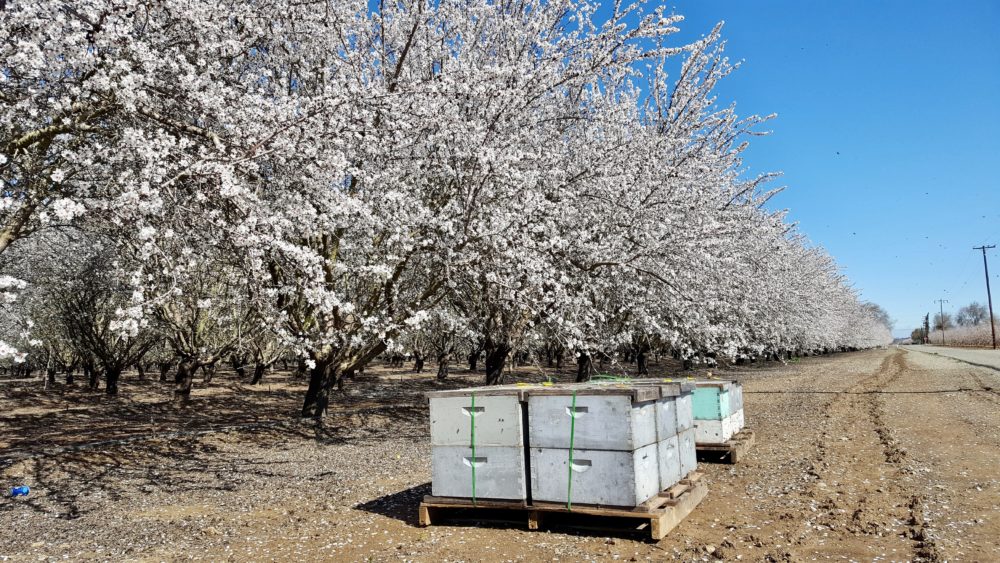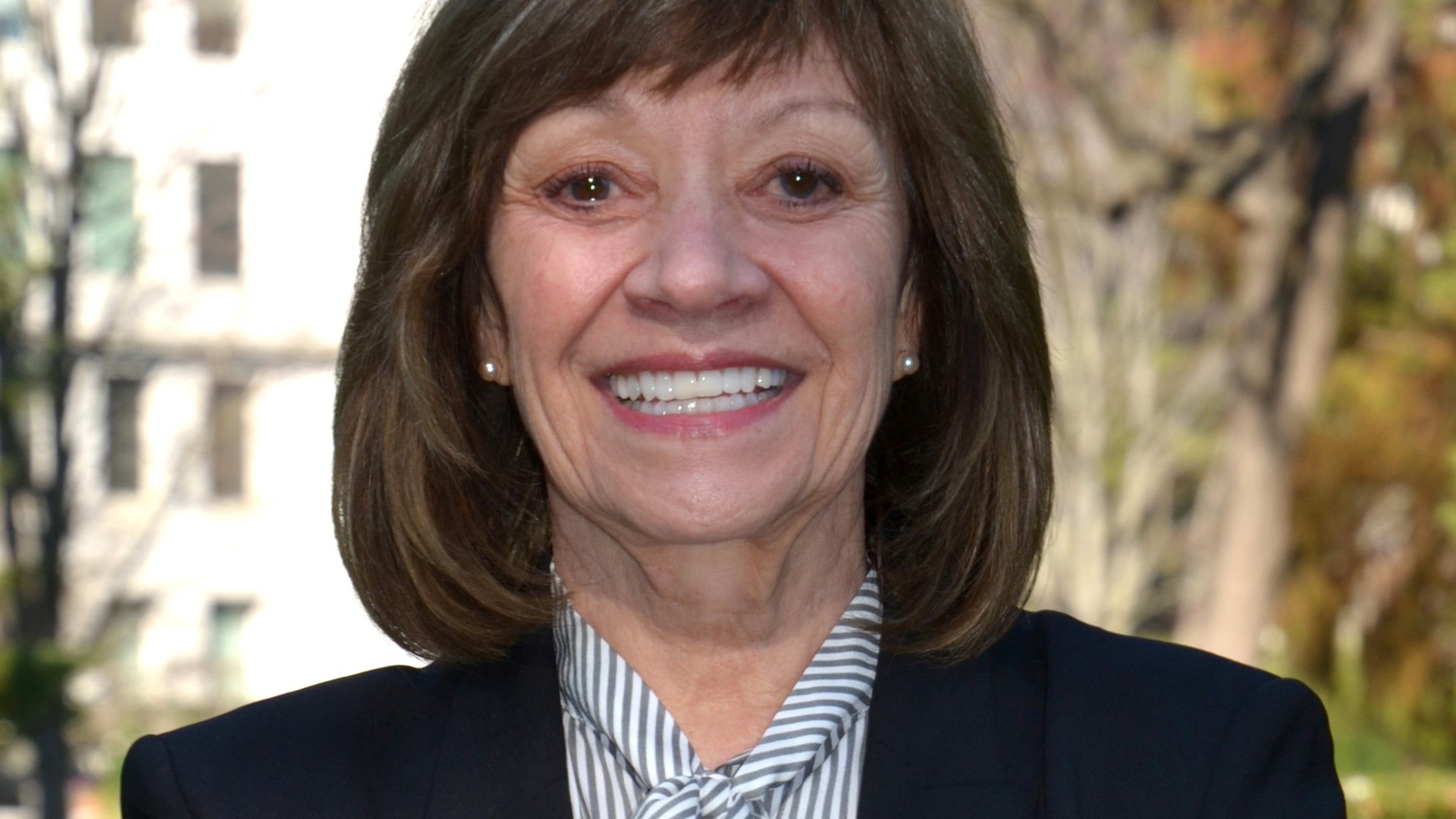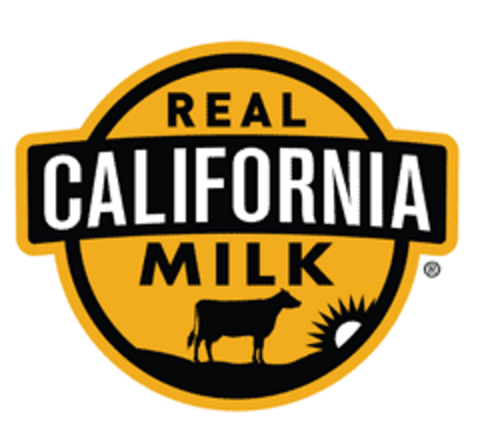CDFA Seeks Proposals for Alternatives in Manure Management
The California Department of Food and Agriculture’s Office of Environmental Farming and Innovation is now accepting proposals for new manure management practices for inclusion in its Alternative Manure Management Program (AMMP).
As part of AMMP development beginning in 2016, CDFA identified specific manure management practices eligible for funding, including solid separation and conversion from flush to scrape systems. In subsequent rounds of funding, CDFA expanded the suite of manure management practices through a public process in coordination with the California Air Resources Board (CARB). In total, four categories of manure management practices that reduce methane emission from dairy and livestock operations are currently funded through AMMP. In addition to manure collection, proposed practices must identify how the separated or collected manure volatile solids will be treated and/or stored to ensure a permanent reduction in methane emissions.
“CDFA has heard from several stakeholders about innovative manure management technologies that might fit into AMMP and offer more options for dairy and livestock operators to meet California’s aggressive methane reduction goals by 2030,” said CDFA Secretary Karen Ross. “We are committed to collaborating with stakeholders, CARB, academic researchers and sister state and federal agencies for the continued evolution of this Climate Smart Agriculture program.”
There are several important requirements needed to submit a manure management practice for consideration in the AMMP. Proposal requirements, process for consideration and other details on the submission process can be found on the AMMP webpage.
Proposals are due by 5 p.m. PT on September 4, 2020 and must be submitted via email to CDFA.OEFI_ammp_tech@cdfa.ca.gov.














